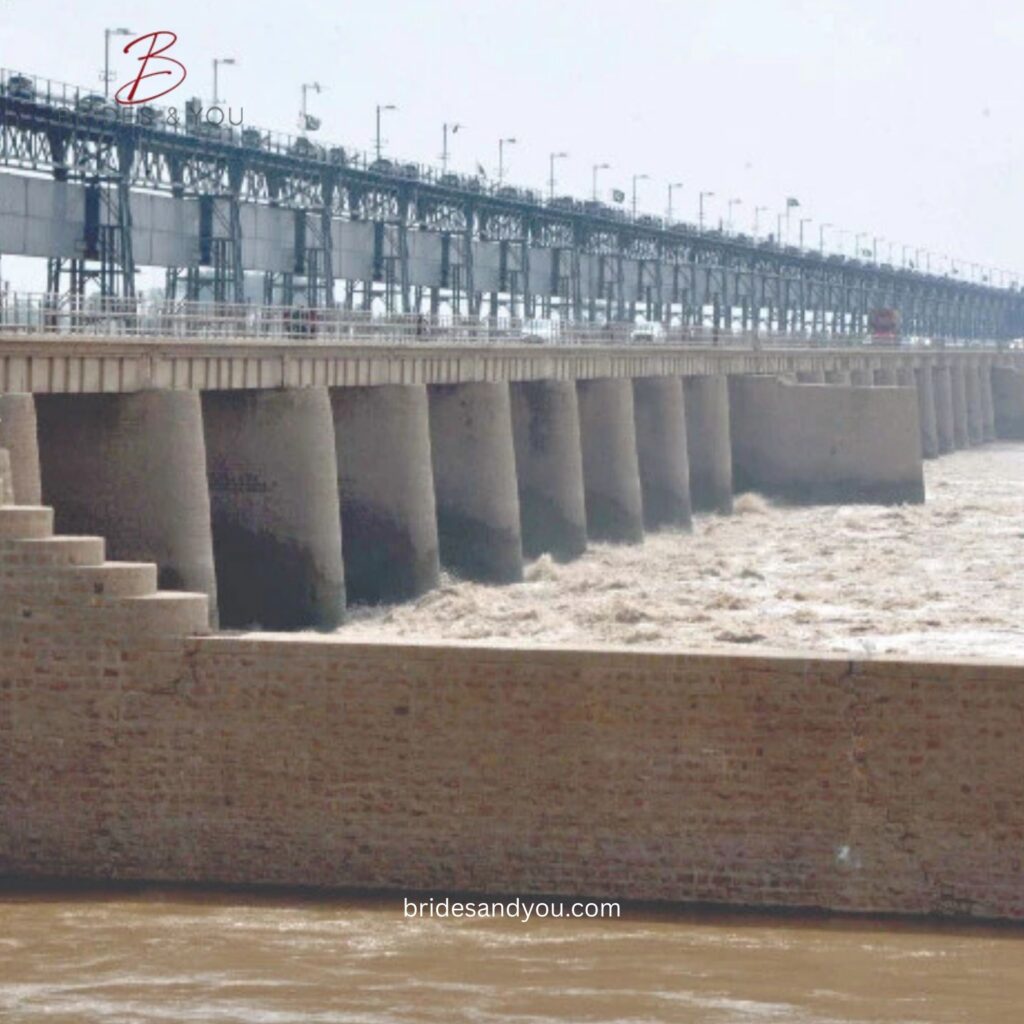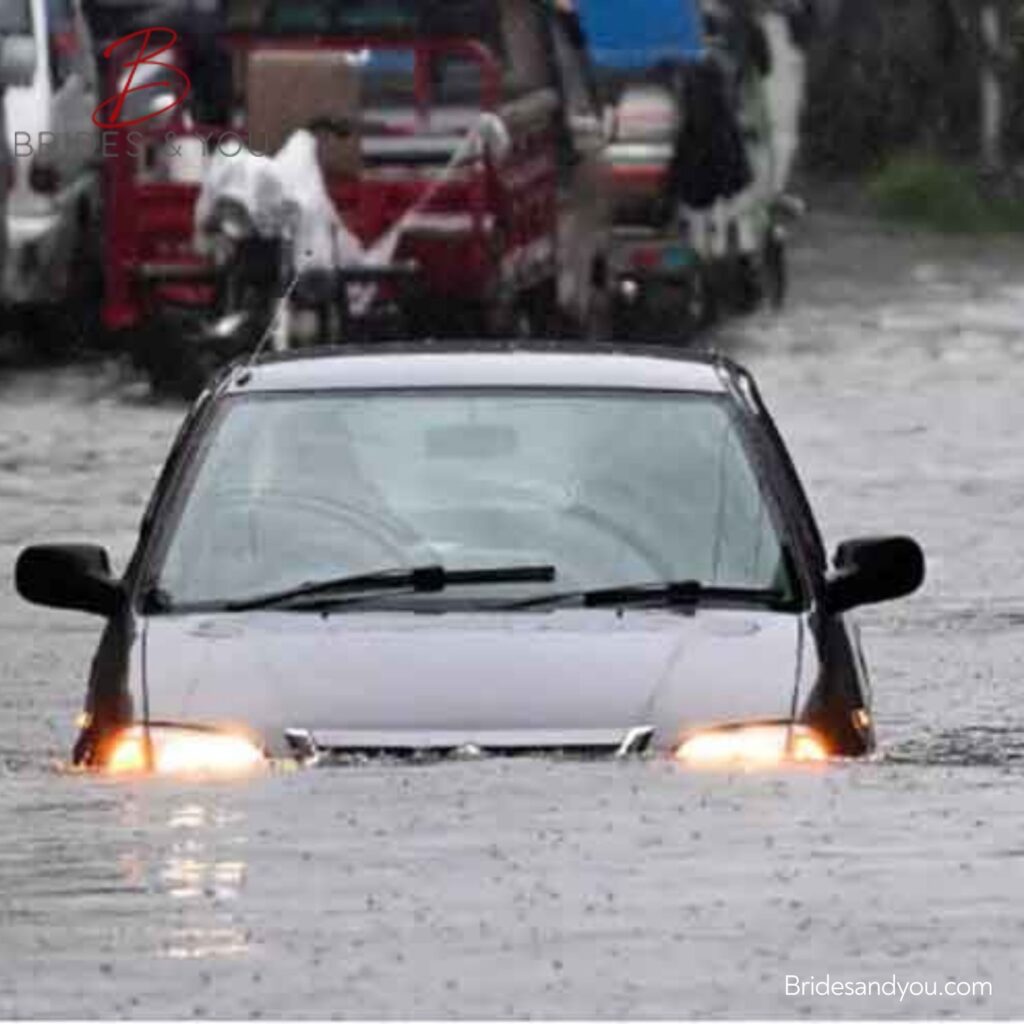Now Reading: Latest Flood Situation in Jhang, Chenab River – August 2025
-
01
Latest Flood Situation in Jhang, Chenab River – August 2025
Latest Flood Situation in Jhang, Chenab River – August 2025

As of August 29, 2025, the Chenab River in Jhang, Pakistan, is experiencing severe flooding, contributing to what has been described as Punjab’s worst flood crisis in four decades. Heavy monsoon rains, combined with water releases from Indian dams, have led to exceptionally high flood levels, submerging hundreds of villages and displacing over a million people across the province. The situation in Jhang remains critical, with ongoing rescue and relief operations to mitigate the impact on lives, property, and agriculture.
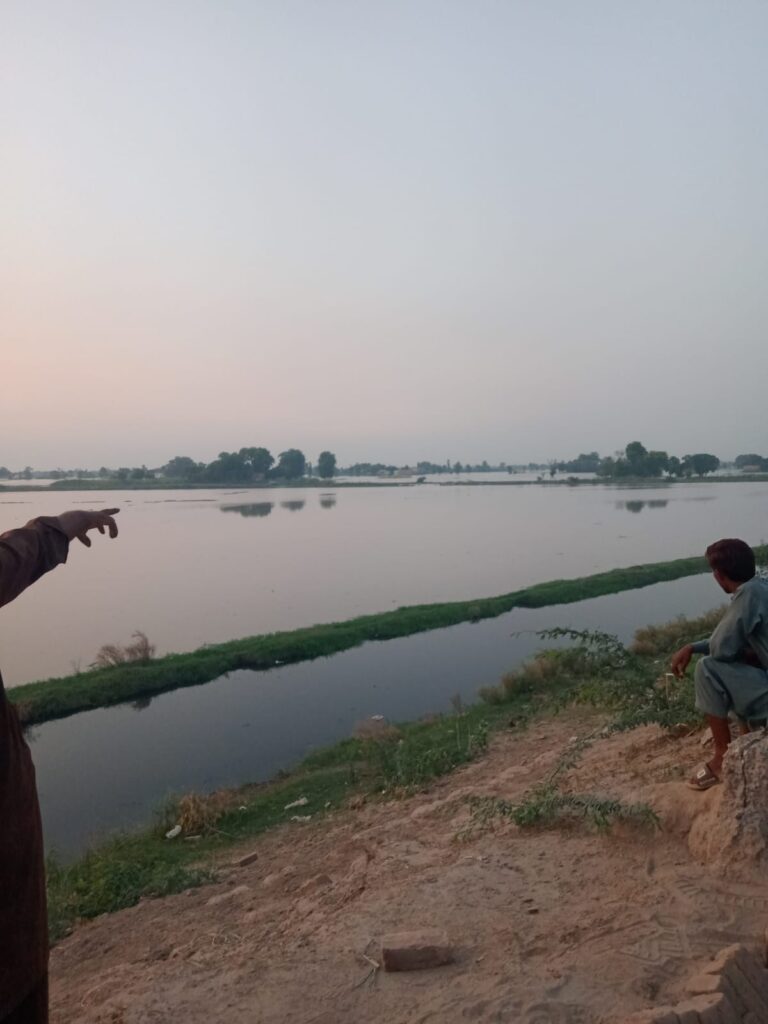
Current Flood Status
- Water Flow at Key Points:
- At Trimmu Headworks near Jhang, the Chenab River was recorded at 117,534 cusecs as of midnight on August 29, 2025, with a rising trend, indicating an imminent escalation to an “exceptionally high flood” level by the evening of August 29. Forecasts suggest water flows could reach 700,000–800,000 cusecs in the next 48 hours, posing a severe threat to Jhang and surrounding areas.
- Upstream at Qadirabad Headworks, the flow was reported at 425,993 cusecs, showing a declining trend, while Khanki Headworks recorded 259,815 cusecs with a steady flow. Marala Headworks saw a reduced flow of 154,040 cusecs, classified as a low to medium flood level.
- The National Emergencies Operation Center (NEOC) has warned that the Chenab River is expected to experience very high flood levels at multiple points between August 31 and September 3, with an estimated flow of 700,000–800,000 cusecs reaching Trimmu by Sunday afternoon, categorized as a “very high flood.”
- Expected Developments:
- The flood torrent is projected to move downstream, reaching Panjnad by Wednesday, September 3, with a slightly reduced but still dangerous flow of 650,000–700,000 cusecs.
- Moderate to heavy rainfall is anticipated from August 29, intensifying from August 30, which could exacerbate flooding in Jhang and other districts.

Impact on Jhang
- Villages Affected: Flooding in the Chenab River has submerged 991 villages across Punjab, with 127 specifically in Jhang district. This has displaced significant populations and inundated agricultural lands, threatening vital grain crops.
- Population Displacement: Over one million people have been evacuated province-wide due to the Chenab River floods, with Jhang being one of the hardest-hit areas. The district has seen large-scale evacuations, with authorities relocating residents to safer locations.
- Livestock and Infrastructure: Approximately 73,000 animals have been moved to safety, and 72 veterinary camps have been established in Jhang and other affected districts. Infrastructure, including the Riwaz Bridge, has been deliberately breached to manage floodwaters, further impacting local connectivity.
- Loss of Life: The floods have claimed 17 lives across Punjab, with Jhang among the affected areas. Specific casualties in Jhang include three children who drowned in Gujrat’s Shahbazpur due to a dam breach on the Chenab River.
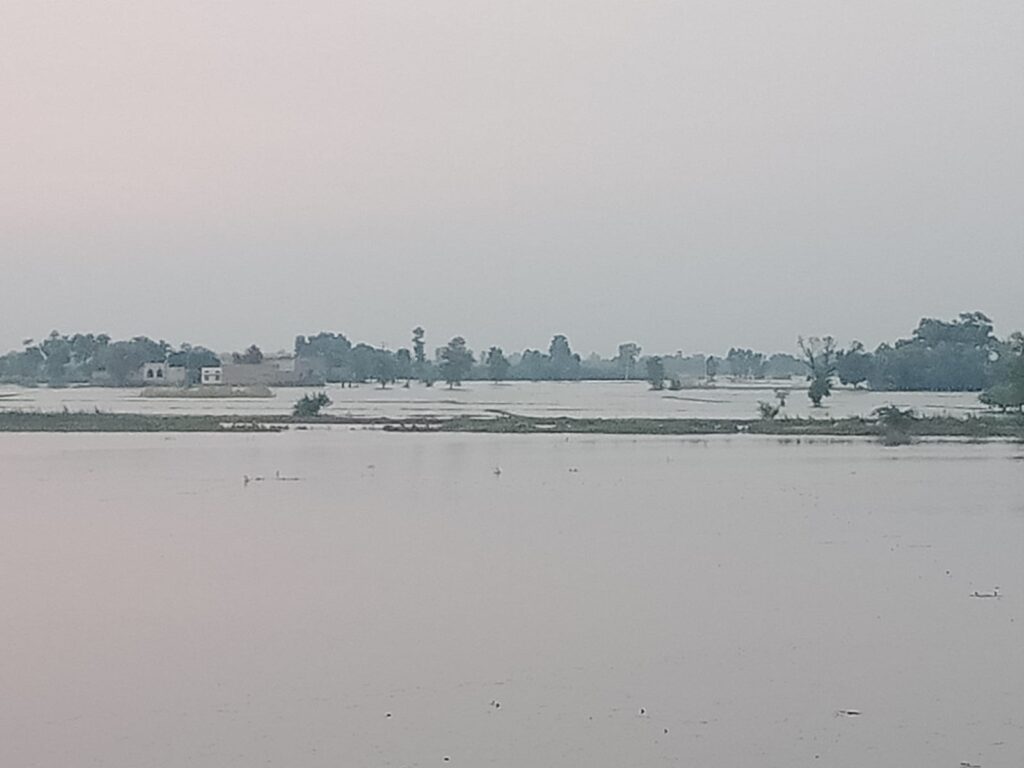
Response and Relief Efforts
- Evacuation Operations: The Punjab government has launched one of its largest evacuation operations in recent years, with over 200,000 people relocated province-wide, including significant numbers from Jhang. The army is assisting in eight districts, including Jhang, to evacuate residents using boats and other means.
- Relief Measures:
- Over 263 relief camps and 161 medical camps have been set up across Punjab, providing food, water, medical aid, and temporary shelter to displaced families in Jhang and other areas.
- The Punjab Chief Secretary has ordered the immediate dispatch of mobile clinics (“Clinic on Wheels”) and the establishment of tent villages in flood-affected districts like Jhang.
- Government Oversight: Prime Minister Shehbaz Sharif and Punjab Chief Minister Maryam Nawaz have personally monitored the situation, visiting affected areas like Sialkot and Narowal. The National Disaster Management Authority (NDMA) is coordinating rescue and relief activities, with a focus on protecting lives and property.
- Warnings and Alerts: The Flood Forecasting Division (FFD) and NEOC have issued warnings for Jhang, Chiniot, Multan, and other districts, urging pre-emptive evacuations in vulnerable areas like Athara Hazari, a site often used for controlled breaching to divert floodwaters.
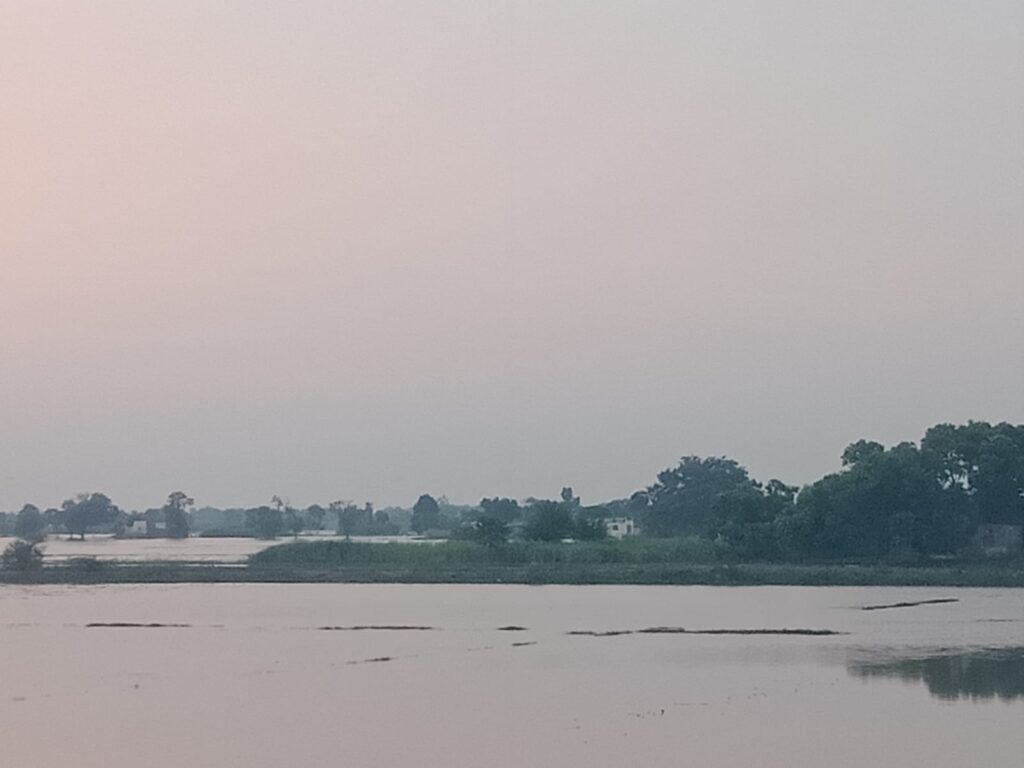
Contributing Factors
- Monsoon Rains: Intense and prolonged monsoon rainfall since late June has swollen the Chenab River, with forecasts of continued moderate to heavy rains in the coming days.
- Indian Dam Releases: Pakistan has attributed part of the flooding to India’s release of water from dams upstream, including the Tawi, a tributary of the Chenab, under the Indus Waters Treaty. This has significantly increased water inflows, exacerbating the flood situation.
- Climate Change: Punjab’s irrigation minister noted that heavier rainfall compared to past patterns, driven by climate change, has contributed to the severity of the floods.
Areas at Risk
The following union councils and areas in Jhang are particularly vulnerable:
- Athara Hazari
- Ahmedpur Sial
- Garh Maharaja
- Bagh
- Kot Shakir
Outlook
The flood situation in Jhang remains precarious, with the Chenab River expected to maintain high to exceptionally high flood levels through early September. The combination of ongoing rainfall, upstream water releases, and the river’s rising trend at Trimmu poses a significant threat. Authorities are prioritizing evacuations, relief operations, and infrastructure monitoring to prevent further loss of life and property. Residents are advised to stay alert, avoid rivers and low-lying areas, and follow evacuation orders.
For real-time updates, refer to the Flood Forecasting Division (FFD) dashboard at ffd.pmd.gov.pk or follow local authorities’ advisories.

